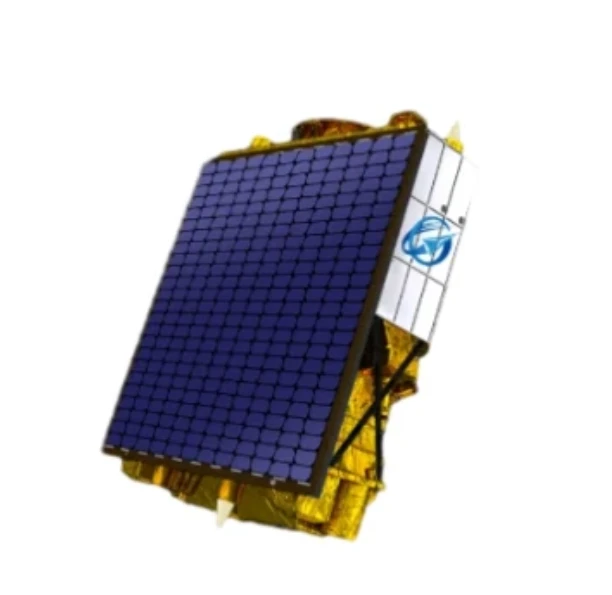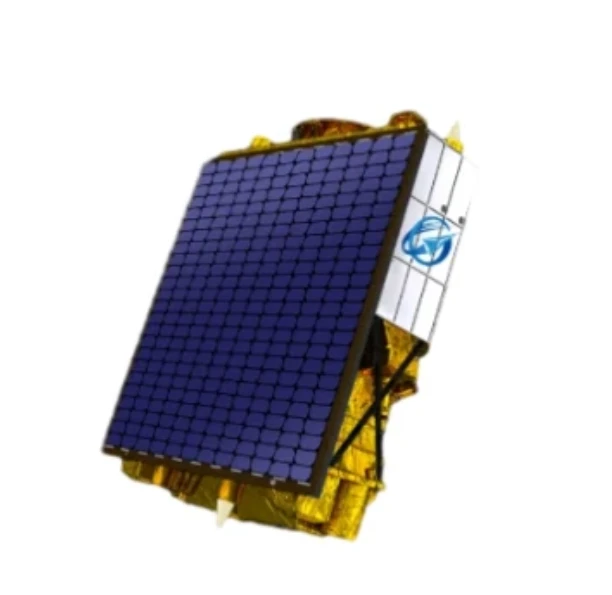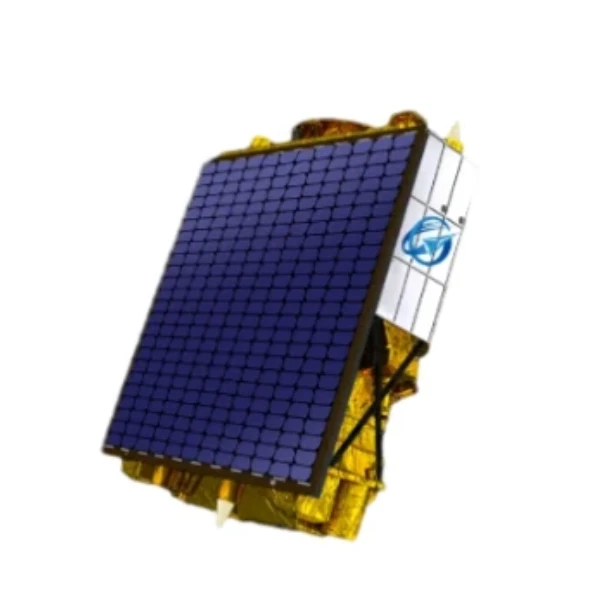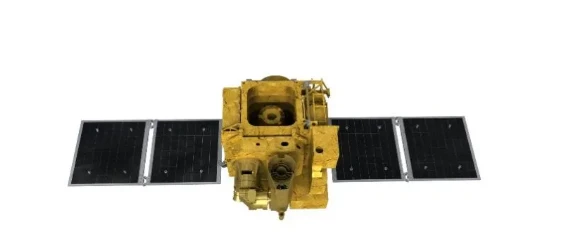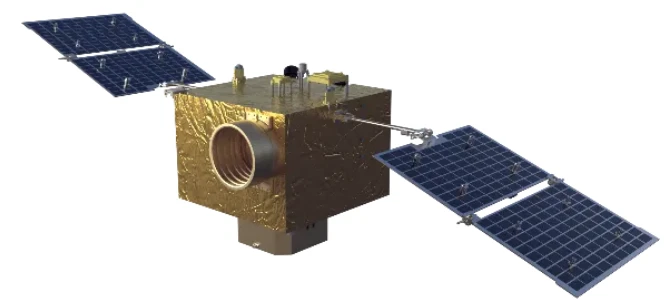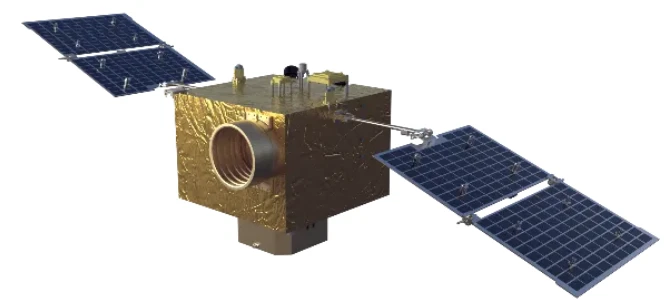
- Afrikaans
- Albanian
- Amharic
- Arabic
- Armenian
- Azerbaijani
- Basque
- Belarusian
- Bengali
- Bosnian
- Bulgarian
- Catalan
- Cebuano
- China
- Corsican
- Croatian
- Czech
- Danish
- Dutch
- English
- Esperanto
- Estonian
- Finnish
- French
- Frisian
- Galician
- Georgian
- German
- Greek
- Gujarati
- Haitian Creole
- hausa
- hawaiian
- Hebrew
- Hindi
- Miao
- Hungarian
- Icelandic
- igbo
- Indonesian
- irish
- Italian
- Japanese
- Javanese
- Kannada
- kazakh
- Khmer
- Rwandese
- Korean
- Kurdish
- Kyrgyz
- Lao
- Latin
- Latvian
- Lithuanian
- Luxembourgish
- Macedonian
- Malgashi
- Malay
- Malayalam
- Maltese
- Maori
- Marathi
- Mongolian
- Myanmar
- Nepali
- Norwegian
- Norwegian
- Occitan
- Pashto
- Persian
- Polish
- Portuguese
- Punjabi
- Romanian
- Russian
- Samoan
- Scottish Gaelic
- Serbian
- Sesotho
- Shona
- Sindhi
- Sinhala
- Slovak
- Slovenian
- Somali
- Spanish
- Sundanese
- Swahili
- Swedish
- Tagalog
- Tajik
- Tamil
- Tatar
- Telugu
- Thai
- Turkish
- Turkmen
- Ukrainian
- Urdu
- Uighur
- Uzbek
- Vietnamese
- Welsh
- Bantu
- Yiddish
- Yoruba
- Zulu
Advancements and Applications of Microstrip Antennas
In the realm of wireless communication, microstrip antennas have revolutionized signal transmission through their compact design and versatile functionality. These antennas, characterized by a thin dielectric layer between a radiating patch and a ground plane, have become integral in modern devices, from smartphones to satellite systems. The terms microstrip antenna, microstrip patch antenna, 2.4 GHz microstrip antenna, 2.4 GHz microstrip patch antenna, and aperture coupled microstrip antenna represent key variations within this category, each tailored to specific performance requirements and operational environments.
The Basics and Benefits of Microstrip Antennas
In wireless systems, a microstrip antenna offers distinct advantages such as low profile, lightweight construction, and ease of integration with planar circuits. These antennas are typically fabricated on printed circuit boards, making them cost - effective for mass production. Their design allows for customization of radiation patterns, impedance, and polarization, making them suitable for applications like Wi - Fi routers, Bluetooth devices, and IoT sensors. For example, a microstrip antenna embedded in a smartphone can efficiently transmit and receive signals across multiple frequency bands while maintaining a sleek form factor, demonstrating how these antennas balance performance with practical design.
Exploring the Design and Utility of Microstrip Patch Antennas
A microstrip patch antenna, a subclass of microstrip antennas, features a rectangular, circular, or other shaped metallic patch as the radiating element. This design enables precise control over the antenna’s resonant frequency and bandwidth. In applications requiring directional radiation, such as wireless local area networks (WLANs), microstrip patch antennas are often used to focus signals in specific directions, enhancing connectivity in targeted areas. Their planar structure also makes them ideal for conformal mounting on curved surfaces, such as aircraft fuselages or vehicle exteriors, without compromising performance—a key advantage over bulkier antenna types.
2.4 GHz Microstrip Antennas in Modern Wireless Networks
The 2.4 GHz microstrip antenna is a popular choice in crowded frequency environments, such as home and office networks, where the 2.4 GHz band is widely used for Wi - Fi and Bluetooth communications. These antennas are designed to operate efficiently in this frequency range, providing reliable connectivity over moderate distances. A 2.4 GHz microstrip antenna in a wireless router, for instance, can transmit signals through walls and obstacles, ensuring broad coverage in residential spaces. Their compact size allows for integration into small devices, while their robust design withstands environmental factors like temperature fluctuations, making them a staple in consumer electronics.
Optimizing Performance with 2.4 GHz Microstrip Patch Antennas
Combining the benefits of both the 2.4 GHz frequency and patch design, the 2.4 GHz microstrip patch antenna offers enhanced radiation efficiency and pattern control. This antenna is often used in applications requiring high - gain signals, such as point - to - point wireless links or long - range IoT sensors. By adjusting the patch dimensions and feed mechanism, engineers can tailor the 2.4 GHz microstrip patch antenna to minimize signal loss and interference, ensuring stable communication in noisy environments. Its ability to operate with low power consumption also makes it suitable for battery - powered devices, extending their operational life.
Aperture Coupled Microstrip Antennas for Advanced Applications
Aperture coupled microstrip antennas represent a sophisticated design that uses a slot in the ground plane to couple energy between the feed line and the radiating patch. This configuration isolates the feed network from the radiating element, reducing interference and enabling higher operating frequencies. In millimeter - wave applications or systems requiring wide bandwidth, aperture coupled microstrip antennas excel by maintaining low cross - polarization and high radiation efficiency. They are commonly used in radar systems, satellite communications, and advanced wireless technologies like 5G, where precise control over signal propagation is essential.
FAQ: Key Insights into Microstrip Antennas
Design Considerations for Microstrip Antennas
When designing a microstrip antenna, factors such as substrate material (dielectric constant and thickness), patch geometry, and feed type (probe, coplanar, or aperture coupling) are critical. These parameters determine the antenna’s resonant frequency, impedance, and radiation pattern. For example, a thicker substrate can increase bandwidth but may introduce unwanted radiation losses, requiring a balance between performance and design constraints.
Common Applications of Microstrip Patch Antennas
Microstrip patch antennas are widely used in WLAN devices, GPS receivers, and automotive radar systems. Their planar structure makes them suitable for integration into wearable technology, such as smartwatches or fitness trackers, where space is limited. Additionally, they are employed in satellite communication terminals for their ability to maintain signal integrity in harsh environmental conditions.
How Does Aperture Coupling Improve Microstrip Antenna Performance?
Aperture coupling in aperture coupled microstrip antennas separates the feed network from the radiating patch, reducing mutual coupling and electromagnetic interference. This design allows for the use of different substrates for the feed and radiating layers, optimizing each part for specific functions. It also enables the antenna to operate at higher frequencies with improved stability, making it ideal for advanced wireless applications.
Enhancing Efficiency in 2.4 GHz Microstrip Antennas
To boost efficiency in a 2.4 GHz microstrip antenna, engineers can use high - quality dielectric substrates with low loss tangent, optimize the patch shape to minimize ohmic losses, and ensure proper impedance matching. Adding metamaterial structures or electromagnetic bandgap (EBG) surfaces can also enhance radiation efficiency by controlling surface wave propagation.
Can Microstrip Antennas Be Designed for Multiple Frequency Bands?
Yes, microstrip antennas can be engineered for multi - band operation through techniques like using multiple patches, slotting the radiating element, or incorporating parasitic elements. For example, a 2.4 GHz microstrip patch antenna can be modified to operate simultaneously at 5 GHz, catering to dual - band Wi - Fi systems. This flexibility makes microstrip antennas suitable for devices requiring connectivity across multiple frequency bands.






